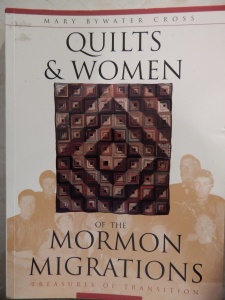Today the Hartwell Tavern, typically associated with the Patriots in Lexington and Concord, invited two Loyalist regiment re-enactor corps, to educate the public about Loyalists. I spent time with members of the McAlpin and Parker regiments, learning more about the social history of the Loyalists.
This is the 240th anniversary of the Battle of Saratoga. Both corps supported Burgoyne’s campaign, which ended in disaster in September, 1777 at the Battle of Saratoga. Rather than re-enacting any battles this year, the corps are focusing on the social history of the Loyalist refugees.One of the rooms was set up as to mimic what conditions may have been like.
Throughout the war, Loyalists found themselves stripped of their land or in fear for their safety. Many fled to Canada in severe conditions. They recounted the story of 5 women and almost 30 children who arrived in November with just one pair of shoes between them. My ancestor lost everything and blamed the death of his wife on the rebels for driving them out of their home.
According to the re-enactors, the British government and military weren’t all that happy with the influx of Loyalists, who expected the British would help them get back their land and property in return for their loyalty. Refugee camps were set up, but no one know how to deal with them all as it was the first American refugee crisis. Since then there have been many: French Acadians, Native Americans, 19th century Mormons and others. What we are seeing today with the Syrian refugees is not new.
We may think of human shields as a relatively new invention, but it is not. Many male Loyalists fled, thinking their families would be safer if he was not there. The opposite turned out to be true in many cases. The rebels (Patriots)–pick your favorite term depending on which side you are on–would make it very difficult for the family left behind to leave. They had to get permission, and to quote the woman re-enactor, they were “very mean” when deciding what the Loyalist women and children could take with them. Often a mattress was permitted, while blankets were not. They thought that by keeping the wives and children of Loyalists in town would prevent the husbands and fathers from burning the town. Human shields.
The American Revolution was a civil war. Family member fought against family member. Both sides committed atrocities.
Meeting with the Loyalist re-enactors today was a somber reminder that history repeats itself again and again. As we focus on our family history, understanding the social history surrounding our ancestors will help us better understand them.
You can learn more about these re-enactors at:
Peters Corps














